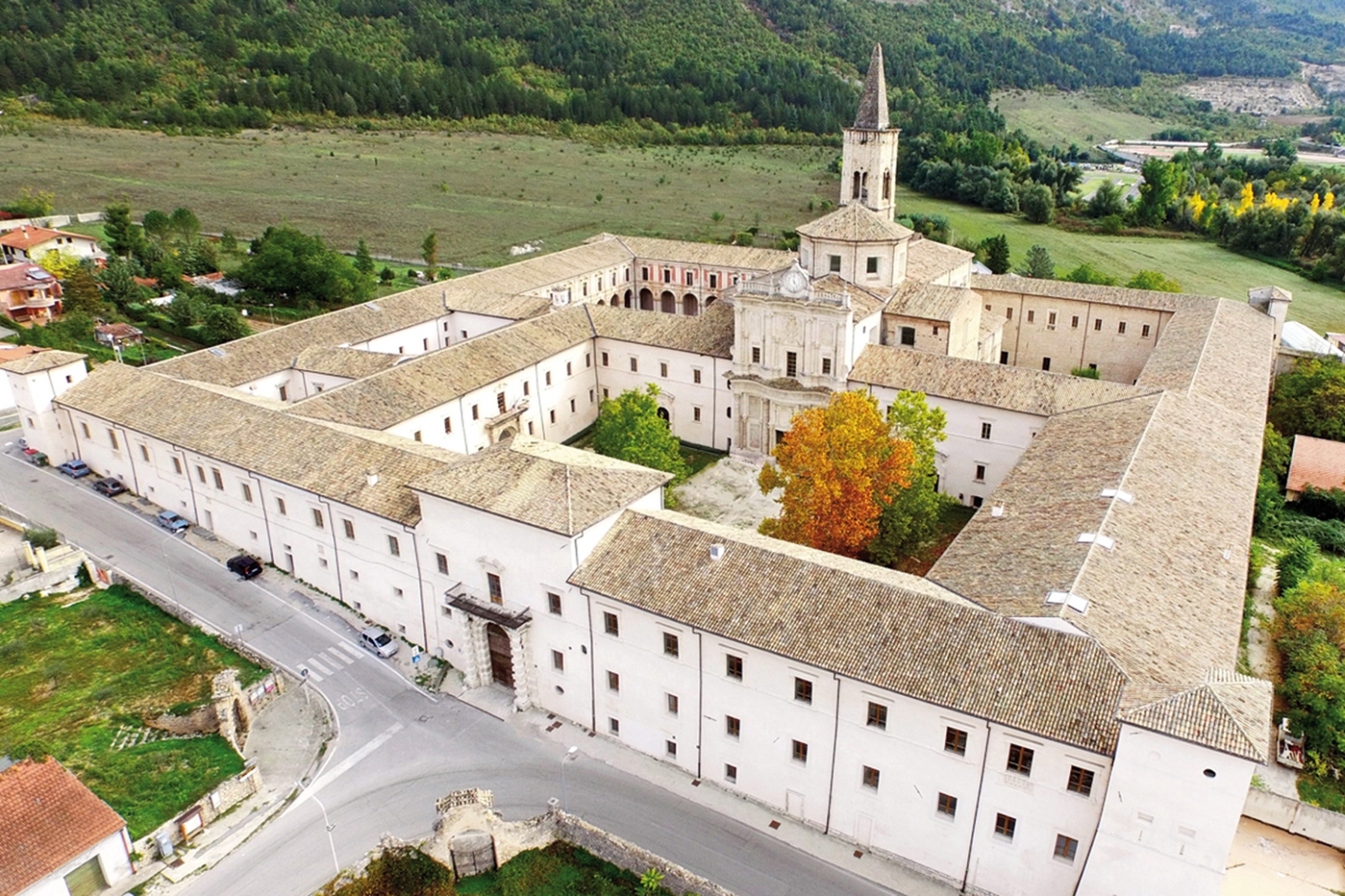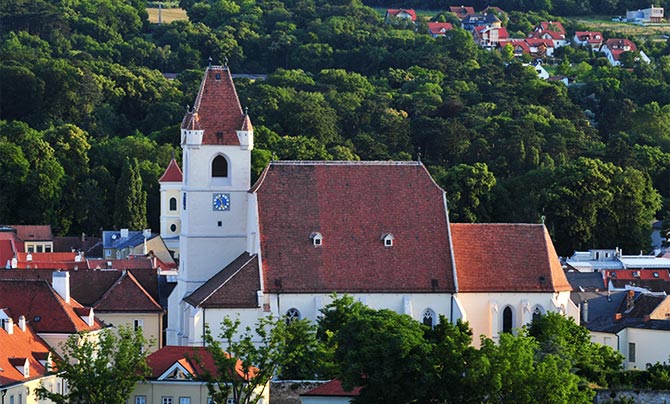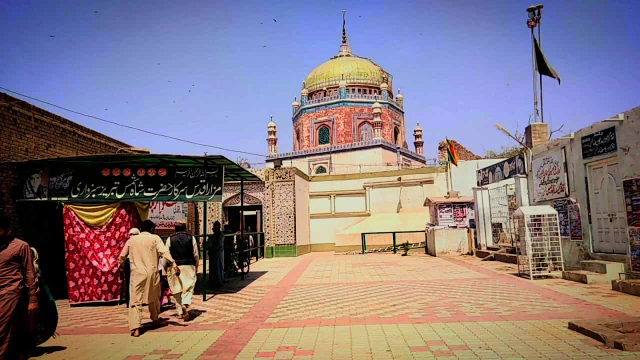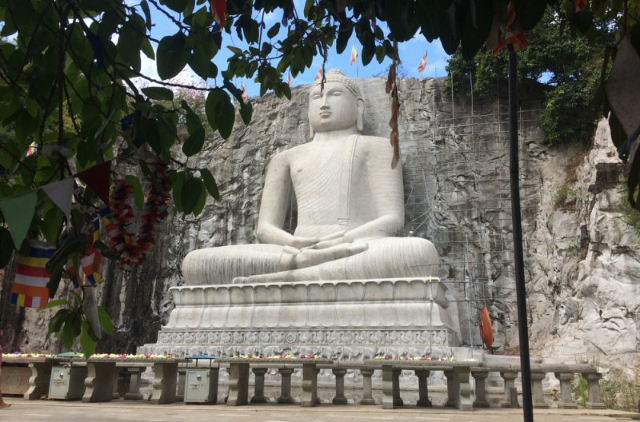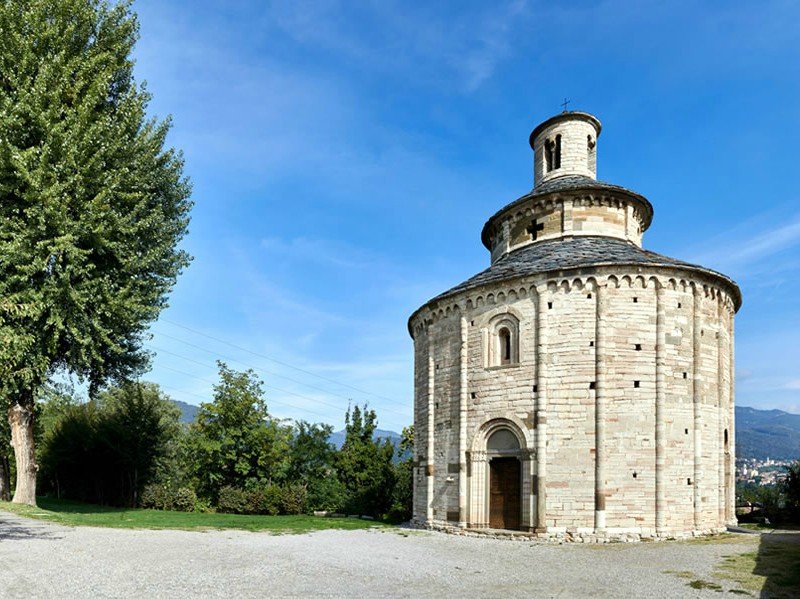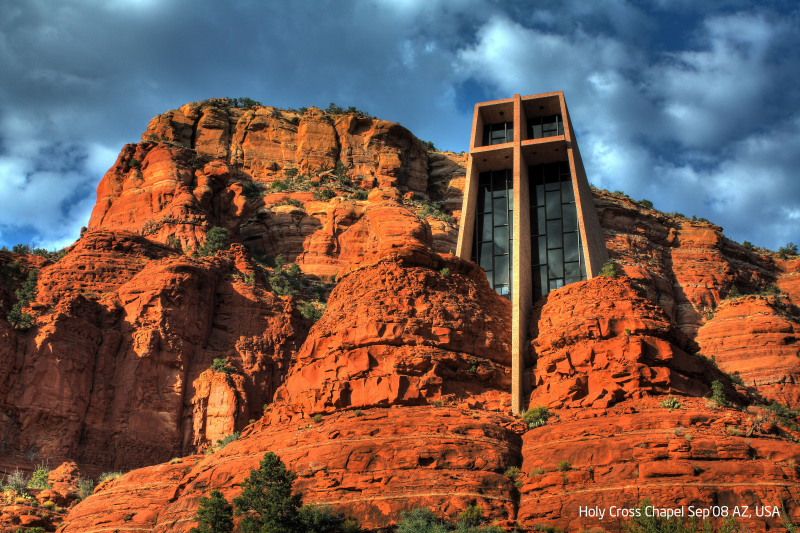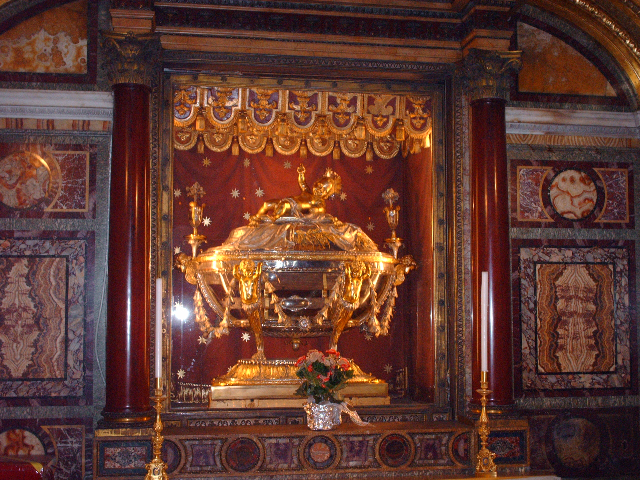The Abbey of Santo Spirito al Morrone has represented for centuries the most important and famous settlement of the Congregation of the Celestines and the fulcrum of the cultural, religious and civil life of a vast territory.
The monumental complex, which occupies an area of 16,600 square meters, is located just 5 km from the center of Sulmona in Badia, in the foothills of Morrone, in a territory since the ancient deputy to sacredness and always in dialogue with the nearby hermitage of St. Onofrio, favorite refuge of Brother Peter and the imposing Sanctuary of Hercules Curino.
The origins of the Abbey are linked to the figure of Peter of Angelerio, Benedictine monk, hermit, founder of the order of the Celestines and Pope with the name of Celestine V. He was the one who started the construction of the Abbey, probably enlarging the small church of Santa Maria dating back to the first half of the 13th century and then promoting the construction of a new church dedicated to the Holy Spirit with adjoining Monastery. The Mother House of the Order will also be established here following the General Chapter held in June 1293.
Over the centuries the Abbey has undergone various phases of enlargement, of which we still have beautiful evidence, until the important interventions following the earthquake of 1706.
The monks inhabited this complex until the emanation of the Napoleonic law of 1806 which ordered the suppression of religious Orders. Following this, the abbey changed several uses: used first as the Royal College of the three Abruzzi, then as a hospice of begging and then as a military quarter with adjoining hospital, in 1868 it was transformed into a house of imprisonment and will be so until 1993. In 1998 it was assigned to the Ministry of Cultural Heritage and Activities, which started a restoration project that is still in progress. From 2014, the management of the monument is entrusted to the Abruzzo Museum Pole. The Abbey is also the temporary seat of detached offices of the Soprintendenza Archeologia Belle Arti e Paesaggio dell’Abruzzo and the Majella National Park Authority.
Today the Abbey presents itself as a grandiose monumental complex of quadrangular shape surrounded by mighty walls; composed of a monumental eighteenth-century church and an imposing monastery that is divided into five internal courtyards, three major and two minor.
It is possible to visit the Refectory: a large room decorated with monochrome wall paintings made between 1717 and 1719 by Brother Joseph Martinez and embellished with rich stucco decorations.
In the two large lunettes at the end of the room are represented the Wedding at Cana and the Last Supper; in the side ovals are visible episodes from the Old Testament and stories from the life of St. Peter Celestine, while at the top eight medallions frame the symbolic figures of the virtues. Outside the stucco frames, stands the series of telamons, which were once integrated with valuable wooden furnishings.
